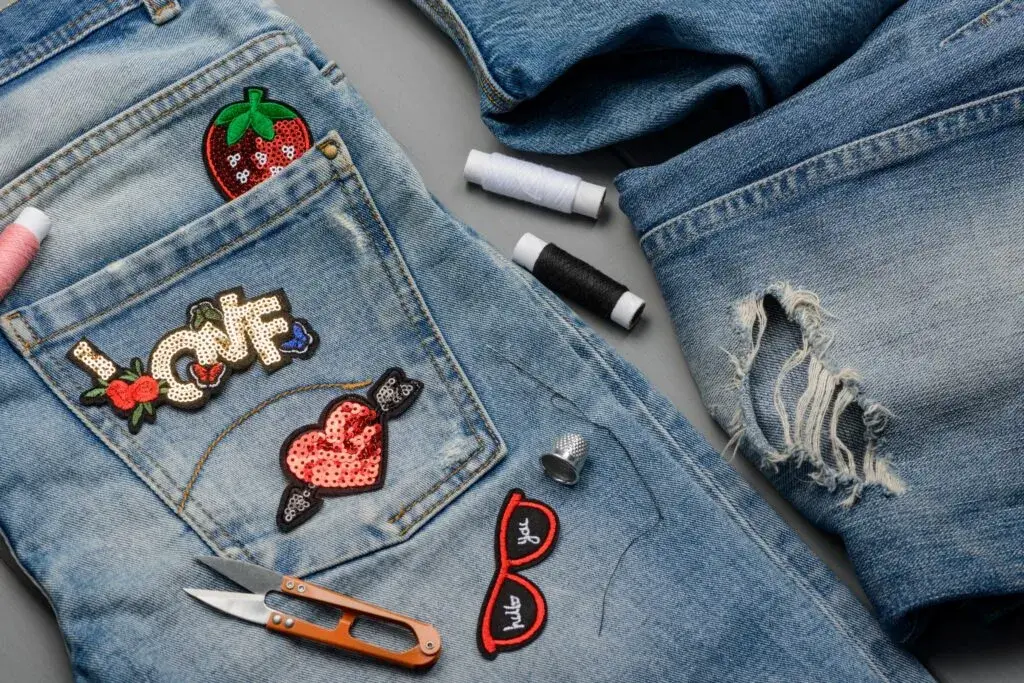Why Are Enamel Pins So Expensive?
Want to create an enamel pin for your business but worried about its cost?
Enamel pins are the perfect wearable to express your interests and affiliations. There’s a lot of demand and profit potential since you can capitalize on different trends and tap into the passion of collectors.
However, a lot goes into making these accessories, such as choosing the artwork, color, and backer design – all of which affect the final price.
In this post, we’ll discuss the factors that impact cost, so you can customize your enamel pins to fit your needs and budget.
Expensive Manufacturing Equipment
While enamel pins are small, they require highly specialized equipment to produce them.
The journey from concept to final product involves several stages. First, a mold is created. Then the recessed areas are filled with enamel, and the pin is baked in high heat.
All these steps need special machines and materials, affecting the final price.
Kickstart your designs with AI
Leverage the power of AI to streamline your design process,
turning your ideas into polished, production-ready products with ease.
Detailed Design Process
Enamel pins go through a detailed and extensive design process before reaching its final appearance. This process takes a large amount of epoxy coating, enamels, dies, and other substances.
Complex designs typically require multiple color separations. Manufacturers (unless printed) must hand-paint and polish each pin to ensure even the tiniest features are accurate.
If custom molds are needed, then manufacturers must replicate the exact shapes and textures to match the intended design – this all impacts the labor cost and materials used.
Different Size Enamel Pins
Enamel pins come in a few sizes and can play a role in affecting their price.
The bigger the size, the more it’ll cost since larger ones require more labor and materials to produce. They also offer more space for detailed designs, but intricate artwork may also increase production time.
Larger pins must be made thicker to prevent bending that could break the accessory.
Here are the most common sizes to choose from:
- 0.5 inches wide/long
- 1 inch wide/long
- 1.5 inches wide/long
- 2 inches wide/long
- 2.5 inches wide/long
Make sure to pick the right size that meets your intended use carefully. Small and medium-sized pins are best worn on clothes, but larger ones may be better suited for display as collectibles or on a pinboard.
Different Types of Enamel Pins
Enamel pins come in various types, each with its own price range and materials.
The most common types of enamel pins are:
- hard enamel pins are made from metal and include a smooth, polished finish with a slightly raised metal edge. They’re more expensive due to their glossy appearance, high-quality finish, and durability.
- Soft enamel pins are also constructed from metal but have a textured finish, making them look like they were hand-painted. They’re less durable and easier to make, leading to a lower price point.
- Offset printed pins are metallic but with a design printed onto the metal. Unlike other options, these aren’t stamped or color-filled. They’re usually more expensive than soft enamel but less costly than hard enamel pins.
- Die-struck pins feature raised and recessed metal to create a tactile feel. No metals are added to the recessed areas. Instead, the design is what defines the pin’s appearance. It’s made by creating a mold and then stamping the design into the metal itself.
- 3D mold pins are made by forming a custom mold before pouring metal into it. Sometimes 3D printing can be used to create the mold for the pins. Typically, zinc alloy is injected into the mold, forming the pin’s shape. They offer a unique three-dimensional, sculpted look that captures intricate designs. These are the most expensive options since they have a complex manufacturing process.
Ultimately, the type of pin you choose depends on how you envision the final product. Soft enamel pins are best for small businesses who want an affordable solution.
hard enamel pins are for brands that want to sell quality and refined pins. We recommend going for diecast or 3D mold pins if you’ve got detailed artwork.
Different Materials
The type of material you choose also affect the overall look, colors, perceived quality, and cost of your pin.
They’re typically made from metal such as iron, copper, or brass, which can be expensive depending on the quality and purity of the metal.
Cheaper materials like iron and zinc alloy are durable and easy to add enamel. More expensive materials like stainless steel and aluminum are used for offset printed pins.
Enamel Pin Style
Your pin style can significantly affect your look and the total cost.
For example, THE/STUDIO offers a wide range of customization options to help make your enamel pin your own.
You can customize the pins by:
- Material color or finish: Choose between 14 different color finishes to complement your design’s theme.
- Number of material colors: We offer single and double metal color finishes.
- Backing attachment: Choose between eight different types of backing attachments to help attach the pin to clothing or other surfaces.
- Number of colors in design: Depending on the design, you may want certain colors to help make your pin stand out. Choose the number of colors you need for your pin.
Obviously, the more elements you choose, the higher the cost of your enamel pin will be. However, adding key stylistic elements can give you the polished, glossy finish it needs to increase its perceived value.
Frequently Asked Questions
Is It Expensive To Make Enamel Pins?
Yes, making enamel pins on your own can be pricey. They’re costly to produce since they must be made using a special mold with CNC technology to engrave the design onto the pin. Also, enamel pins are made from expensive materials like iron, zinc alloy, aluminum, copper, and stainless steel.
Final Thoughts
While enamel pins are expensive to produce, don’t let that discourage you.
There are plenty of ways to cut costs, such as choosing the right materials, pin styles, and types of pins.
You can also order them from a manufacturing company like THE/STUDIO, so you don’t need to worry about all the equipment and tools to make them.
At THE/STUDIO, we have the specialized equipment and technology to handle these processes seamlessly. When you create custom enamel pins with us, our online product creation tool will guide you through our countless customization options, so you can make a pin that suits your style and budget.
Still can’t decide? Let us help! If you’re unsure which pin type and style would look best with your design, chat with a pin expert today and take the first step toward bringing your pin design to life.




